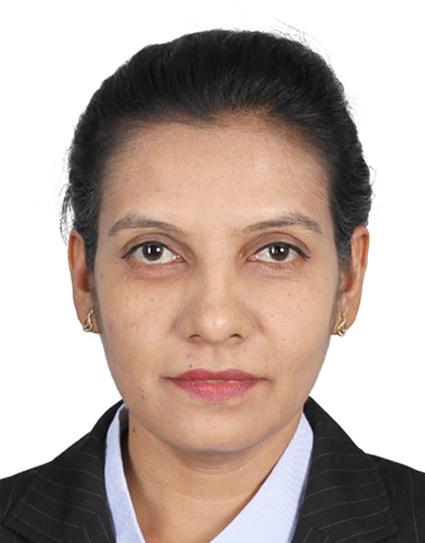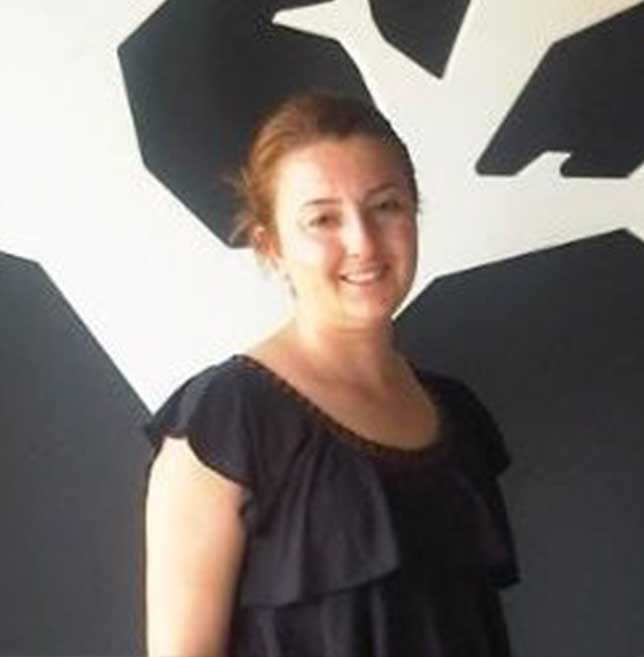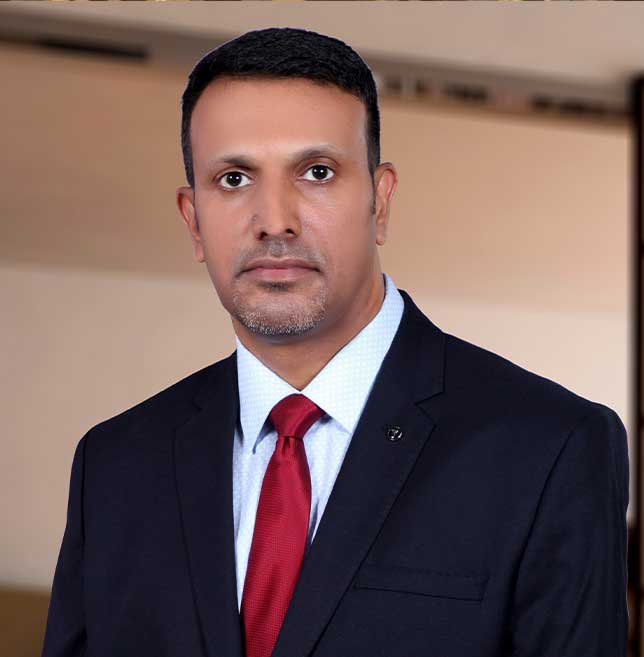Project Description
The Congo rainforest is the second largest tropical rainforest in the world, covering 700,000
square miles across six countries, and contains a quarter of the world’s remaining tropical
forest. This is a grouped project covering 3 areas located in the Nord & Sud Ubangi Provinces of
DRC which will protect 893,422 hectares of forest from logging. unsustainable fuel wood
extraction and slash and burn agriculture. The deforestation rates are also endangering the
habitat of the Bonobo. The Bonobo, or pygmy chimpanzee, is an endangered great ape and one
of human’s closest animal relatives. The project will deliver an estimated annual emission
reduction of 1.5 million tCO2e. Local communities are a major stakeholder in the project and
will be closely associated with the implementation and will also be major beneficiaries. Some of
the tree species that will be conserved in the project area include Albizia feruginea, Celtis sp,
Milicia excelsa, Staudtia stipitata among others.
The problem
Since the forest is known for its high levels of biodiversity such as 10,000 species of plants, 1000 species of birds, and 400 species of mammals, the forest is a source of livelihood for the communities that thrive in the forestand it is a significant carbon sink. The continued loss of biodiversity is a real issue to these communities that thrive on the forest for their socioeconomic needs. The main source of deforestation is illegal logging, which is degrading the forest at the rate of two million acres per year. An externality of the logging activities is easier access to poaching and hunting the endangered animals that live within these forests, which has led to a more than sixty percent drop in elephant population in the forest in less than a decade. – should we relate this more to our project area rather than the Congo Forest as a whole?
Since the forest is known for its high levels of biodiversity such as 10,000 species of plants, 1000 species of birds, and 400 species of mammals, the forest is a source of livelihood for the communities that thrive in the forestand it is a significant carbon sink. The continued loss of biodiversity is a real issue to these communities that thrive on the forest for their socioeconomic needs. The main source of deforestation is illegal logging, which is degrading the forest at the rate of two million acres per year. An externality of the logging activities is easier access to poaching and hunting the endangered animals that live within these forests, which has led to a more than sixty percent drop in elephant population in the forest in less than a decade. – should we relate this more to our project area rather than the Congo Forest as a whole?
The solution
Our project aims to protect the standing forest and help carve out spaces for agriculture and prevent the methods in which illegal logging take place. The project will reduce GHG emissions by a total of 1,304,133 tCO2 until 2052.
Our project aims to protect the standing forest and help carve out spaces for agriculture and prevent the methods in which illegal logging take place. The project will reduce GHG emissions by a total of 1,304,133 tCO2 until 2052.
Helping the planet
The project will help enhance the conservation of the forest area for the Bonobos as well as the communities. They thrive on fruits, bamboo, and herbaceous plants. By reducing forest degradation, the environment of the Bonobo and all faunae will be protected and enhanced.
The project will help enhance the conservation of the forest area for the Bonobos as well as the communities. They thrive on fruits, bamboo, and herbaceous plants. By reducing forest degradation, the environment of the Bonobo and all faunae will be protected and enhanced.
Helping the people
Due to this project, the local communities will be more resilient to climate change and individual incomes will be boosted and diversified. While the climate is also protected , the project is also providing better soil fertility and air quality for the local communities to grow their agriculture. The community members will be trained to manage and oversee the conservation efforts and, through the benefit sharing mechanism, will receive financial aid from REDD+ payments.
Due to this project, the local communities will be more resilient to climate change and individual incomes will be boosted and diversified. While the climate is also protected , the project is also providing better soil fertility and air quality for the local communities to grow their agriculture. The community members will be trained to manage and oversee the conservation efforts and, through the benefit sharing mechanism, will receive financial aid from REDD+ payments.
Project Timeline
Listing: Q4 2022
Registration : Q3 2023
Verification : Q1 2024
Issuance: Q2 2024
Impact
Due to this project, the local communities will be more resilient to
climate change and individual incomes will be boosted and
diversified. The community members will be trained to manage and
oversee the conservation efforts and, through the benefit sharing
mechanism, will receive financial aid from REDD+ payments.
Additionally, as a result of the conservation efforts, biodiversity will
be preserved and enhanced, and threatened and endemic species
will persist within the project area (e.g., the Bonobo).
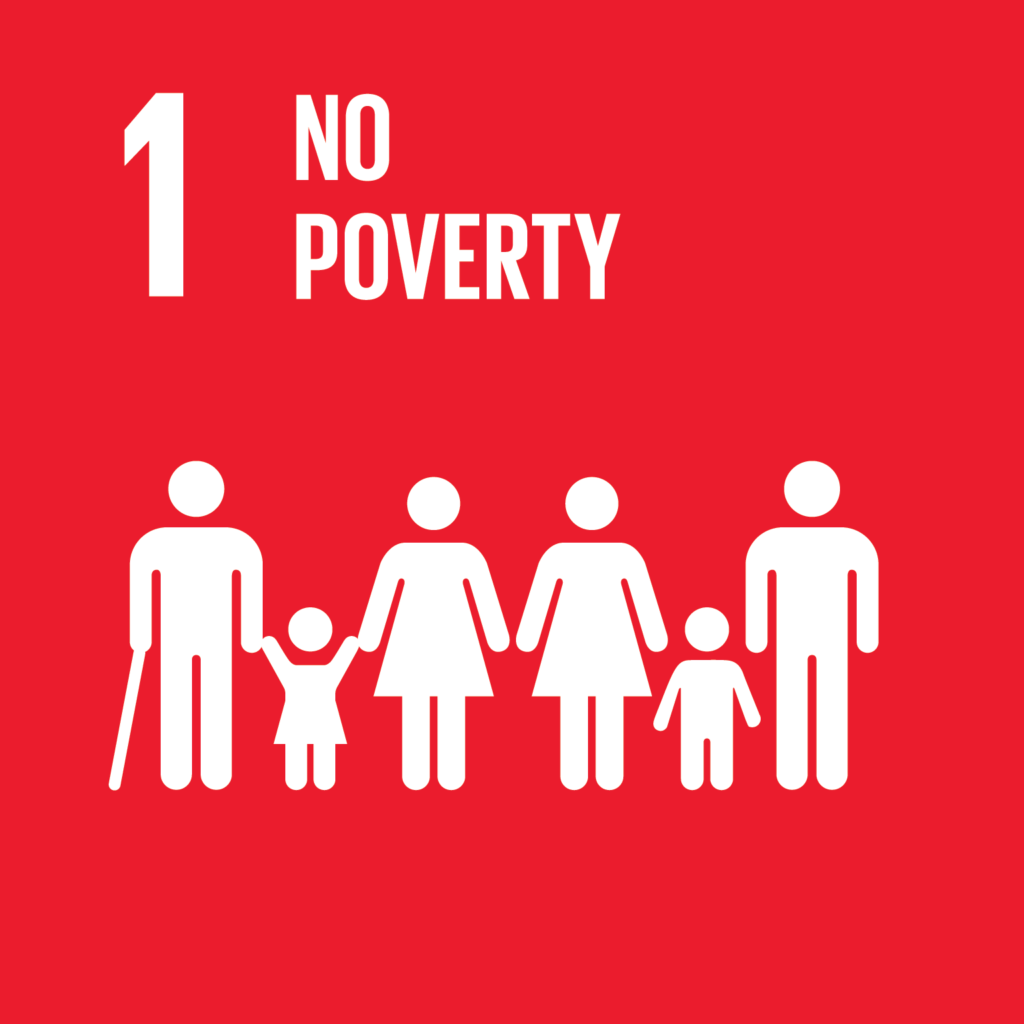
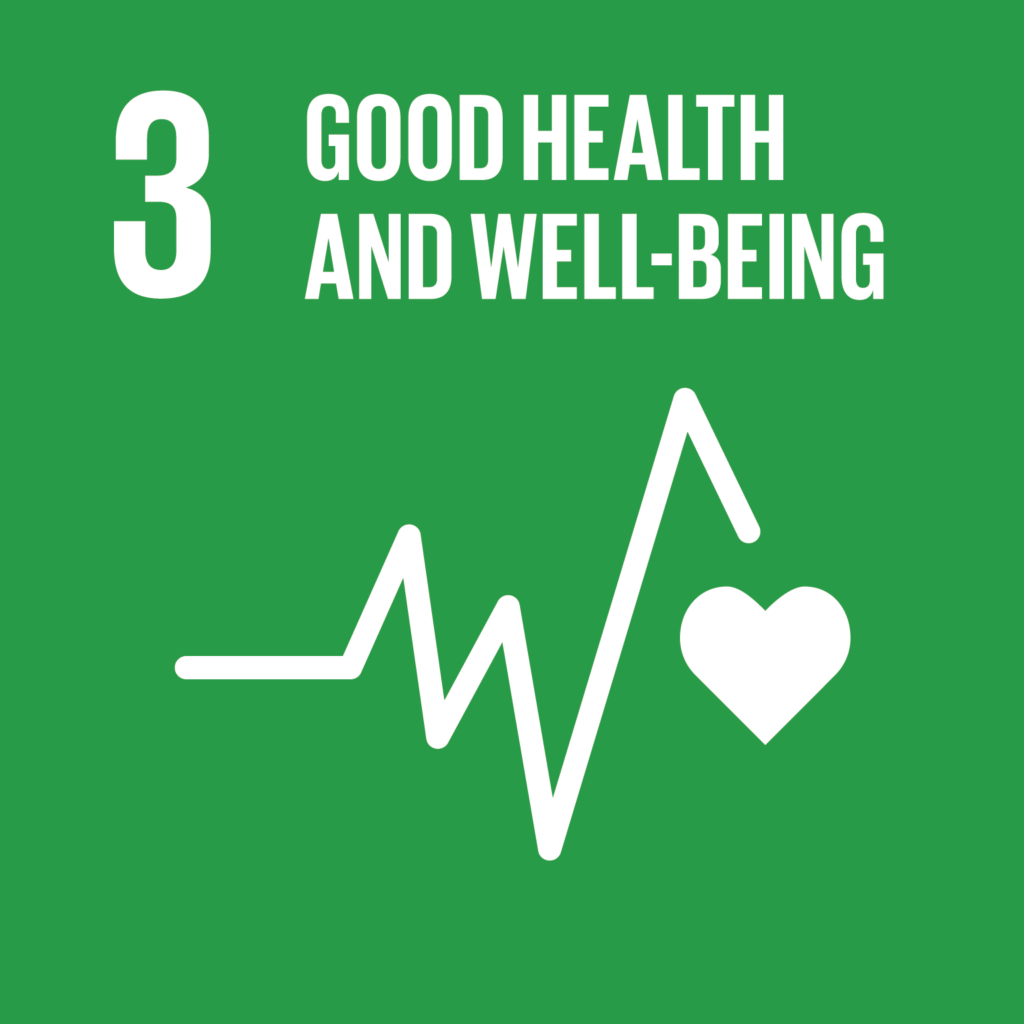
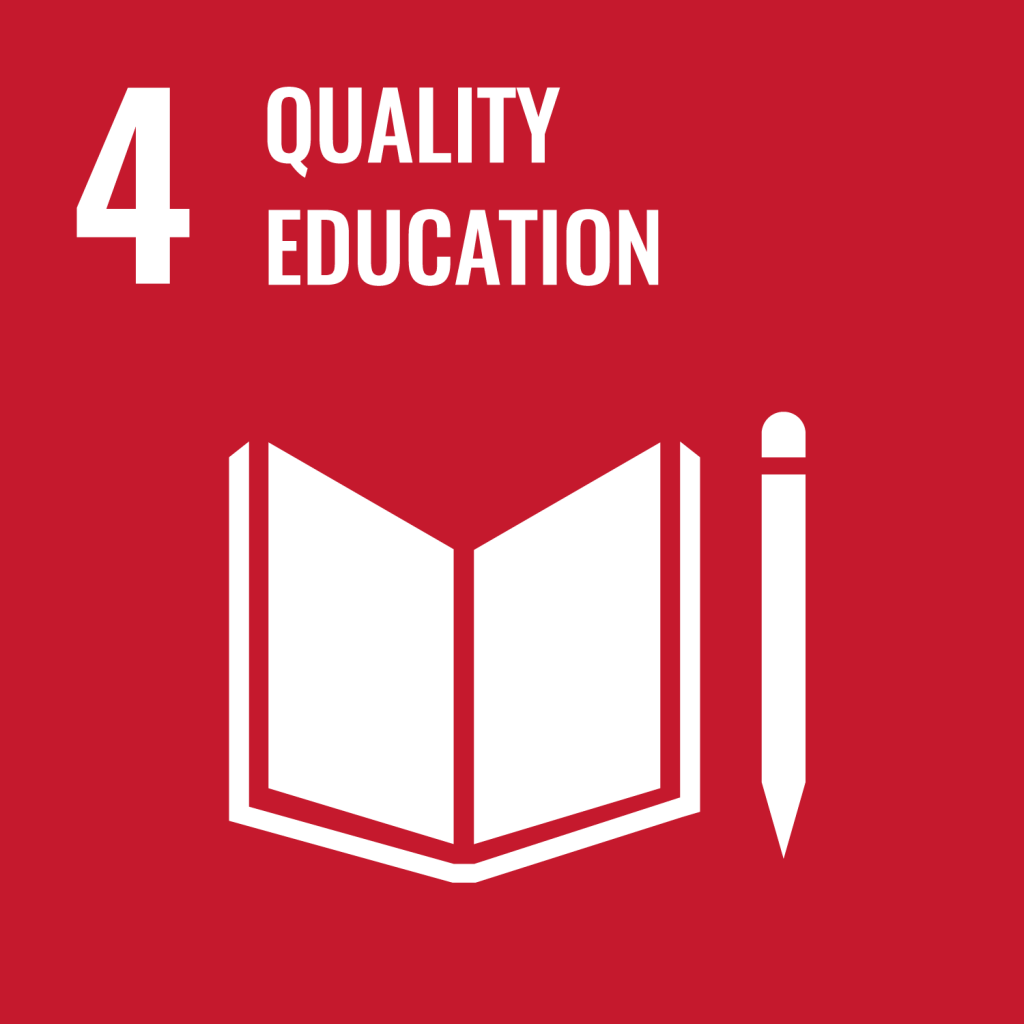
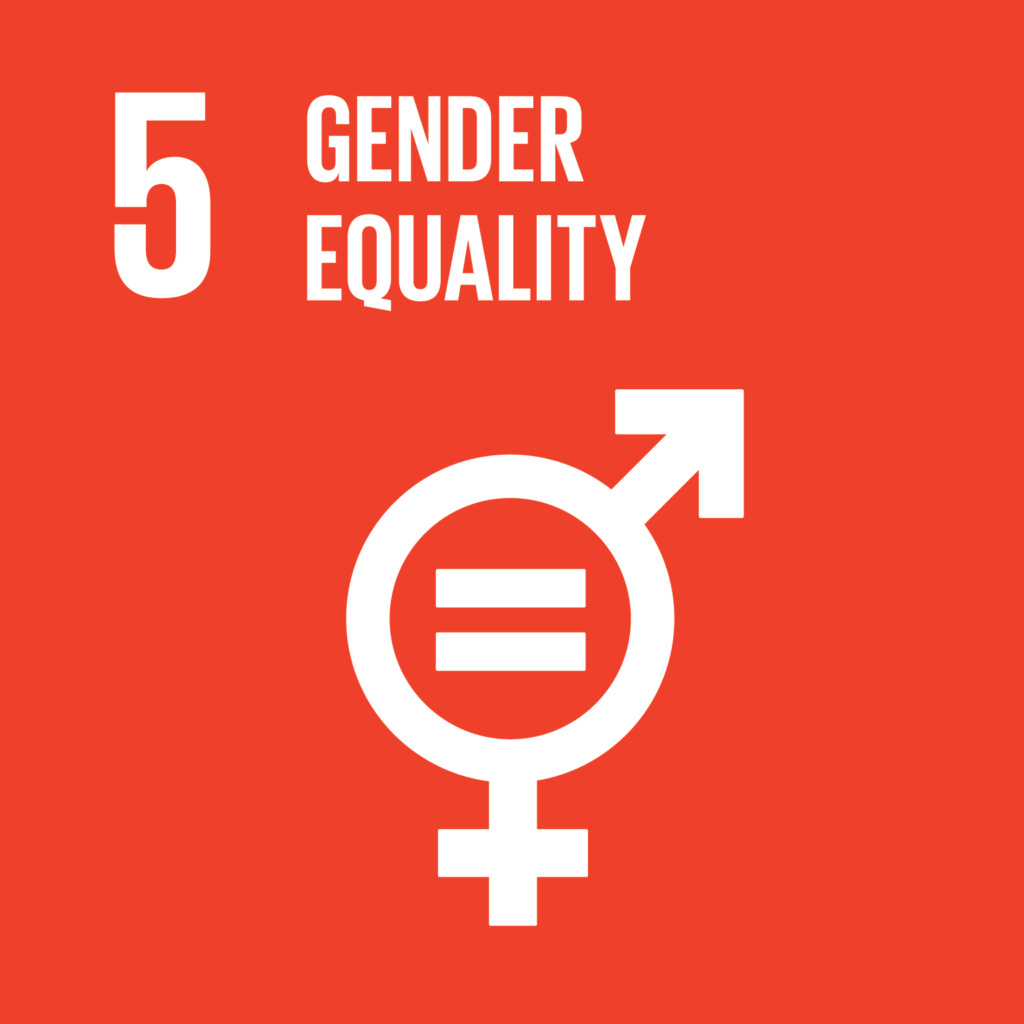
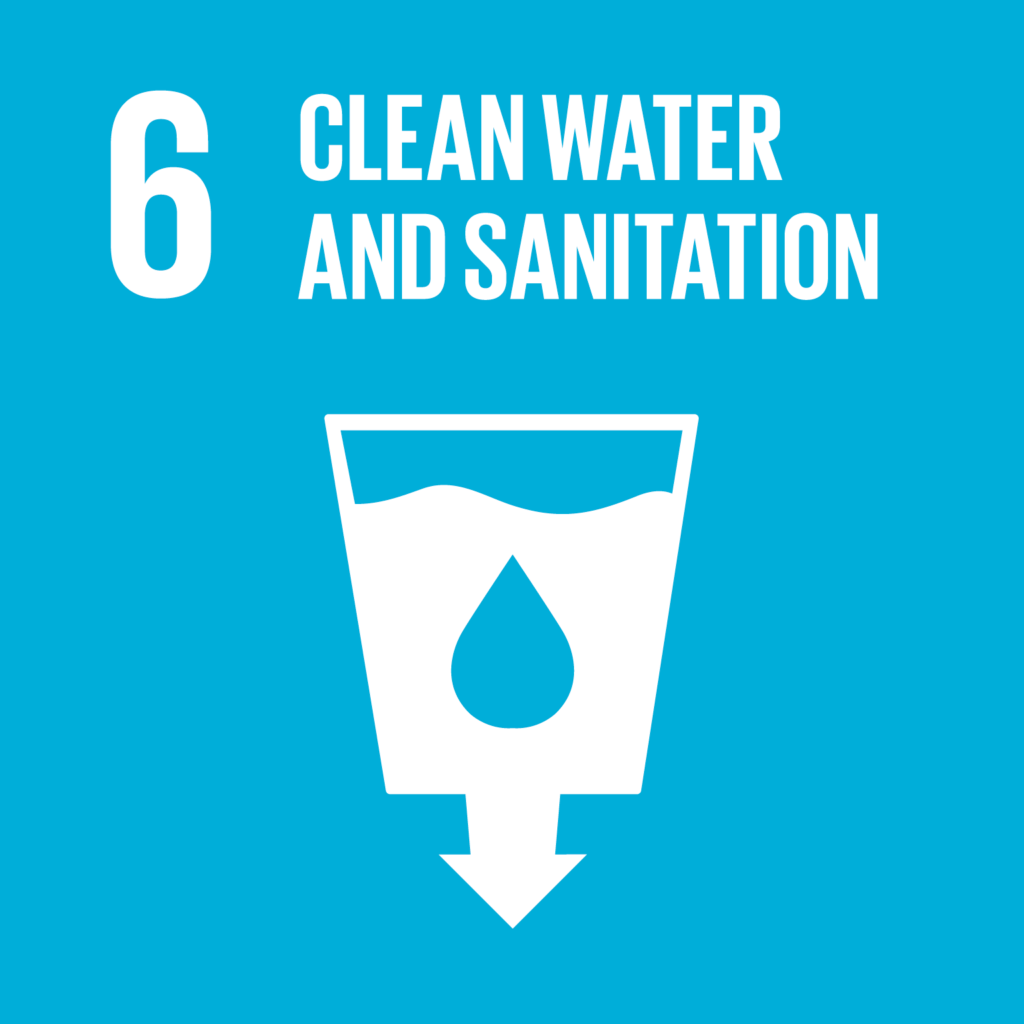

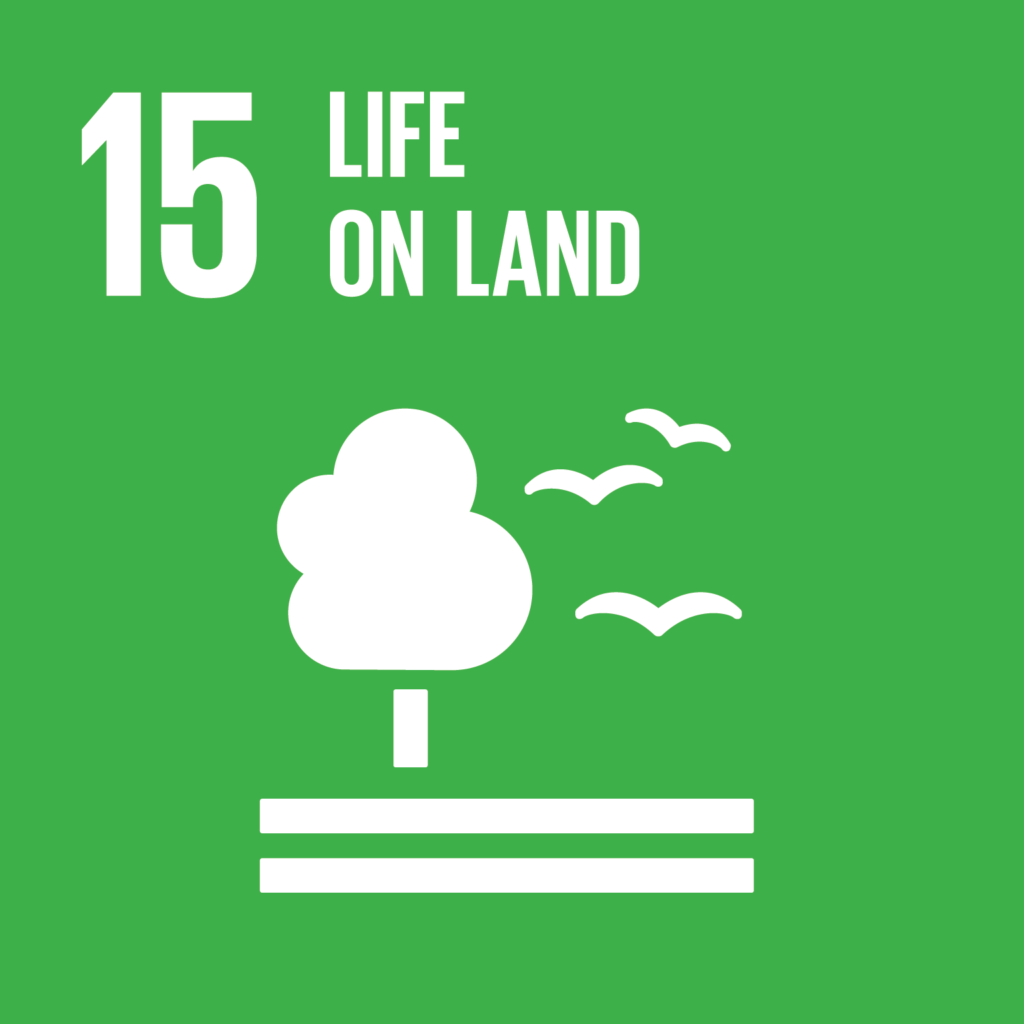
Map

Location
Nord and Sud Ubangi, DRC

Project Area
893,433 Hectares
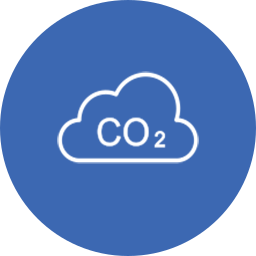
Annual Emission Reduction Estimation
1.5 Million tCO2e

Project status
Under Development on VERRA







